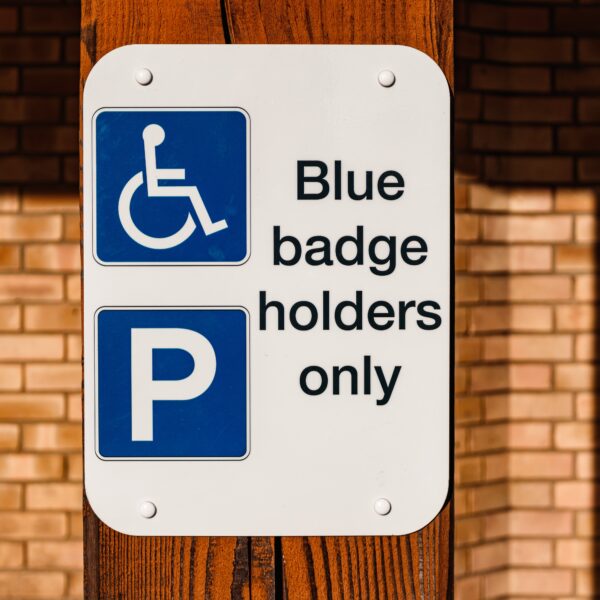Building an ecommerce website takes a lot of planning, prudence, and time but if done effectively, the rewards can truly be phenomenal. Living in an era where technology has deeply integrated itself into almost every aspect of society, businesses are now having to adapt quickly to the new playground that is digital. A mere whim that creeps into the mind can now be smoothed with clarity from typing in a few words into your smartphone.
Information has never been so accessible and neither has shopping. People are now preferring to shop online because of the convenience and sometimes cheaper price, making e-commerce a potential cash cow for businesses. Building an e-commerce website can be tricky but if you follow these top tips below you’ll make the journey a lot easier.
Select a domain name
The first stage of the journey is no different to building an ordinary website. Choose a domain name that best represents your company. Take your time because domain names can leave lasting impressions on online visitors.
Hire a web developer
You get back what you put in. If you opt to go down the cheaper route by doing it yourself, there is no doubt that you will more likely end up with a website that is substantially lower in quality. See it as more as a mandatory investment into your business than anything else. A competent web developer offers a variety of benefits, including:
- More reliable website
- Saves times
- A more optimised website
- Improved SEO
- Faster page load speeds
Identify a theme that best represents your ecommerce vision
First impressions count. A poor design can leave a bad impression to online visitors, only encouraging them to leave and search elsewhere else for their query. To save you time, you can buy a theme from ThemeForest to find a layout that resembles your desired look.
Make it go live
At this point, you’re still in the experimental stage, making all the necessary tweaks to fully polish up your website. Have your developer create a special homepage, ‘About Us’ page, and a contact page. The objective here is to test things out and make sure that your website is fully functioning so that you’ll be able to establish legitimacy when negotiating deals with vendors and reaching out to bloggers and potential outreach partners.
Gather data and implement measurement techniques
In order to create performance goals, you need a way of measuring your website’s online performance. A simple and effective way of doing this is installing Google Analytics, where you’ll be able to track everything from your traffic, your bounce rate, to visitor segmentation. Websites, such as digivante.com, offer specialised services that are able to identify optimisation targets and measure conversion rates would always be a good investment.
Obtain a payment gateway
Having a payment gateway is mandatory if you’re running an ecommerce website. This is essentially a service that sends all credit card transactions to your credit card processors, making it crucial to online transactions. Selecting the right payment gateway is one of the most important factors in e-commerce success, so choose wisely.
Image Credits: Brooke Lark




Like this article? Share with your friends!